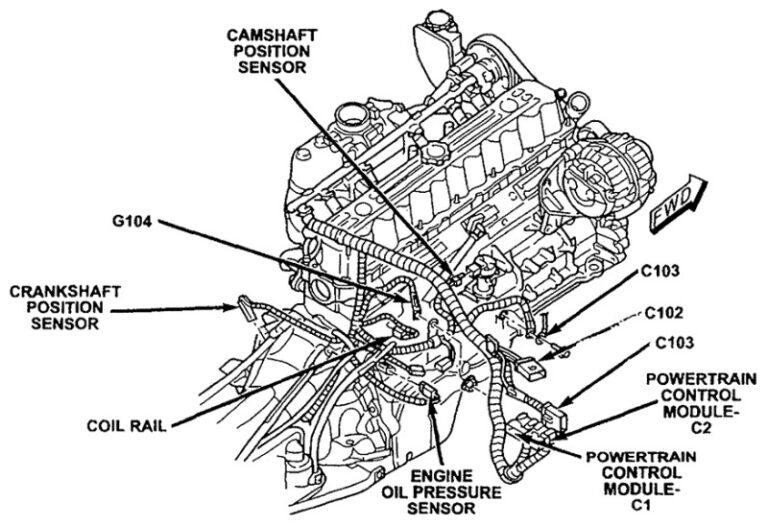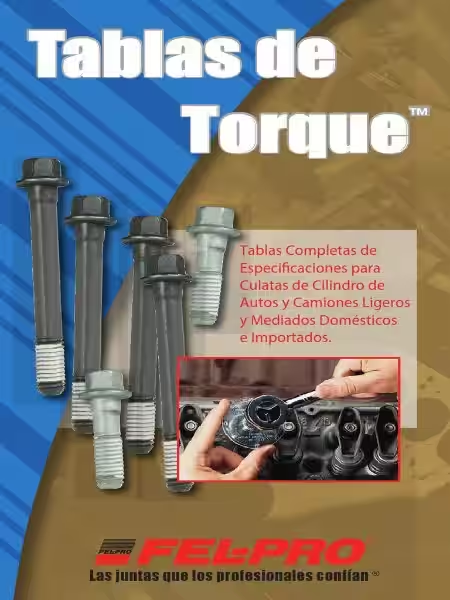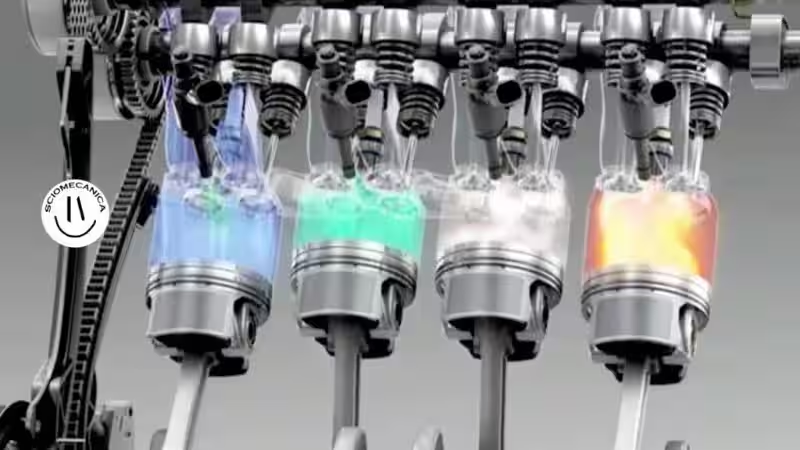The 2001 Jeep Grand Cherokee 4.0L Oil Capacity Enigma: A Case Study
The 2001 Jeep Grand Cherokee, a rugged and reliable SUV, has earned its place among automotive enthusiasts. However, even the most dependable vehicles can present perplexing issues. One such puzzle involves the 2001 Jeep Grand Cherokee 4.0L engine's oil capacity, a topic that has sparked lively discussions among Jeep owners and mechanics alike.
Our story begins with a Jeep owner who, after diligently following the owner's manual's instructions for a 2002 Jeep WJ's 4.0L engine oil change, consistently found their engine overfilled. This perplexing situation challenged the accepted oil capacity of 6 quarts (with a possible increase to 6.5 quarts when using an oversized filter) outlined in the manual. This discrepancy ignited a quest for answers, leading to a fascinating exploration of potential causes and solutions.
Unraveling the Mystery: Exploring Potential Causes
The owner's experience presented a unique dilemma, prompting them to delve into various possibilities, each with its own merits and demerits. Here are some of the most likely explanations for the overfill readings:
1. Dipstick Accuracy: A Question of Calibration
The first suspect was the dipstick itself. The owner, assuming the dipstick was original equipment, initially ruled out this possibility. However, the possibility of a faulty or incorrectly calibrated dipstick remained, potentially leading to inaccurate readings. A faulty dipstick could be misaligned, bent, or have debris obstructing its proper function, causing inaccurate oil level measurements.
Imagine the dipstick as a ruler, measuring the oil level. If the ruler is warped or has markings misplaced, it would give inaccurate measurements. Similarly, a faulty dipstick can lead to misleading readings, further complicating the oil level situation.
2. Sludge Accumulation: A Hidden Culprit
Another possibility explored was the presence of sludge buildup in the oil pan. Sludge, a thick, gooey residue formed by the breakdown of oil and contaminants, could potentially displace oil, leading to an overfill reading. However, this theory was purely speculative, lacking concrete evidence to support it.
Think of sludge as a bulky, unwanted guest in the oil pan. As it accumulates, it occupies space, potentially pushing the oil level higher, causing the dipstick to register an overfill. However, this scenario is only a possible explanation, requiring further investigation for confirmation.
3. Engine Variation: A Unique Case
The owner also considered the possibility of their engine having an unusually high oil capacity compared to others. While this possibility remained, it was merely a conjecture without any evidence to support it.
Imagine a group of identical cars, each with a slightly different engine configuration. Just like humans, each engine could have minor variations, potentially affecting its oil capacity. However, without detailed inspection and comparison, this remains a theoretical possibility.
The Importance of Proper Oil Maintenance
The owner's frustration with the overfill issue is understandable. Accurate oil levels are crucial for engine health and performance. Overfilling the engine can lead to various problems, including:
- Increased Oil Consumption: Exceeding the recommended oil level can result in excessive oil consumption, leading to leaks and oil burn-off. This, in turn, can trigger a cascade of issues, including reduced engine efficiency and potential damage.
- Engine Damage: Overfilling can also lead to oil being forced into areas it shouldn't be, potentially damaging sensitive engine components. This can result in decreased performance, increased wear and tear, and even catastrophic engine failure.
- Oil Pressure Issues: The oil pump may struggle to circulate the excessive oil effectively, leading to inadequate oil pressure and potential engine damage.
On the other hand, underfilling the engine can also be detrimental, leading to insufficient lubrication and wear and tear on engine components. Finding the optimal oil level is essential to ensure optimal engine performance and longevity.
The owner's experience highlights the importance of vigilant monitoring of oil levels and adhering to recommended maintenance schedules. Regular oil changes and diligent checks using the dipstick are crucial to maintaining engine health and preventing potential problems.
Finding the Solution: A Gradual Approach
To resolve the overfill issue, the owner decided to adopt a gradual approach. They planned to deliberately underfill the engine during future oil changes, gradually adding oil until the correct level was reached. This strategy aimed to avoid overfilling while ensuring sufficient lubrication.
This approach is reminiscent of a baker carefully adding ingredients to a recipe. Instead of pouring the entire amount at once, they gradually add ingredients, ensuring the final mixture is perfect. Similarly, the owner, by carefully adjusting the oil level, aimed to achieve the optimal oil level for their engine.
Seeking Expert Advice: A Collaborative Approach
The owner's post on a Jeep forum was met with a chorus of responses from fellow owners and mechanics. Some shared similar experiences, contributing to the collective knowledge and potential solutions. Others offered valuable insights and advice based on their expertise.
This collaborative approach underscores the importance of community support in addressing vehicle issues. Sharing experiences and seeking advice from fellow owners and mechanics can often provide valuable insights and solutions that might be overlooked otherwise.
Beyond the Oil Capacity: Understanding the 2001 Jeep Grand Cherokee 4.0L
The 2001 Jeep Grand Cherokee 4.0L engine, known for its robust performance and reliability, requires specific maintenance practices to ensure optimal performance and longevity. Here are some key aspects of its oil maintenance:
Oil Type: A Matter of Temperature
The 2001 Jeep Grand Cherokee 4.0L engine's oil requirements vary based on the ambient temperature. In temperatures above 0 degrees Fahrenheit, the recommended oil is S-10W-30 Synthetic Motor Oil. For temperatures below 32 degrees Fahrenheit, 5W-30 oil is preferred. This variation ensures optimal engine lubrication across various temperature ranges.
Think of oil viscosity as the thickness or fluidity of the oil. In colder temperatures, a thinner oil (5W-30) is preferred for easier flow and lubrication. In warmer temperatures, a thicker oil (10W-30) is recommended to withstand higher heat and provide adequate protection. Choosing the right oil based on temperature ensures optimal engine performance and longevity.
Oil Capacity: A Crucial Parameter
The 2001 Jeep Grand Cherokee 4.0L engine's oil capacity is crucial information for proper maintenance. The recommended oil capacity for this engine is 6 quarts with a filter change. Overfilling or underfilling can lead to various issues, as discussed earlier.
Imagine the engine as a complex machine with intricate moving parts. Oil acts as the lifeblood, ensuring smooth operation and reducing friction. The correct oil level is crucial for optimal performance and longevity, just like maintaining the correct water level in a car's radiator is essential for cooling the engine.
Oil Change Frequency: A Matter of Time and Distance
Regular oil changes are crucial for engine health and performance. It is recommended to change the oil and filter every 12,000 miles or 12 months, whichever comes first. This ensures that the oil remains clean and effective, providing adequate lubrication and protection for the engine.
Think of oil as a hardworking employee. Over time, it gets contaminated with debris and loses its effectiveness. Regular oil changes ensure that the engine is always lubricated with clean, fresh oil, keeping it running smoothly and efficiently.
The Importance of Professional Assistance
If you're unsure about any aspect of your Jeep's oil maintenance, it's always advisable to seek professional help from a qualified mechanic. They can provide expert advice and ensure that your vehicle receives the proper care and attention it deserves.
Just like a doctor diagnoses and treats patients, a mechanic can assess your vehicle's needs, identify potential issues, and implement the appropriate solutions. Their experience and knowledge can help prevent costly repairs and ensure your Jeep's longevity.
Conclusion: A Journey of Discovery
The 2001 Jeep Grand Cherokee 4.0L oil capacity mystery serves as a reminder of the importance of thorough research, careful observation, and a collaborative approach to resolving vehicle issues. By exploring various possibilities, seeking expert advice, and sharing their experiences, Jeep owners can unravel even the most perplexing automotive puzzles. The experience highlights the vital role of proper oil maintenance in ensuring optimal engine health and performance. Remember to consult your owner's manual, adhere to recommended oil change intervals, and seek professional help when needed to keep your Jeep running smoothly and reliably for years to come.
Preguntas Frecuentes sobre la Capacidad de Aceite del Jeep Grand Cherokee 4.0L 2001
¿Cuál es la capacidad de aceite del motor 4.0L del Jeep Grand Cherokee 2001?
La capacidad de aceite para el motor 4.0L del Jeep Grand Cherokee 2001 es de 6 cuartos con un cambio de filtro.
¿Qué tipo de aceite debo usar en mi Jeep Grand Cherokee 2001?
Se recomienda usar aceite de motor sintético SAE 5W-30 en temperaturas superiores a 0 grados Fahrenheit. Para temperaturas inferiores a 32 grados Fahrenheit, se recomienda SAE 10W-30.
¿Por qué mi Jeep Grand Cherokee 2001 parece tener una capacidad de aceite superior a la especificada?
Esta es una pregunta común para los propietarios de Jeep Grand Cherokee 2001 con motores 4.0L. Hay varias posibles explicaciones:
- Dipstick defectuoso: Es posible que el dipstick original no sea preciso.
- Acumulación de lodo: El exceso de lodo en el cárter podría desplazar el aceite y causar una lectura de sobrellenado.
- Variación del motor: Algunos motores pueden tener una capacidad de aceite ligeramente diferente a otros.
Si notas que tu vehículo está sobrellenado de aceite, es mejor consultar con un mecánico para identificar la causa y resolver el problema.
¿Cómo puedo asegurarme de que estoy llenando el motor con la cantidad correcta de aceite?
Para evitar el sobrellenado, es recomendable:
- Llenar el cárter con 5.5 cuartos de aceite.
- Comprobar el nivel de aceite con el dipstick después de encender el motor y dejarlo funcionar durante unos minutos.
- Agregar aceite gradualmente hasta que se alcance el nivel correcto.
¿Qué sucede si sobrelleno el motor de mi Jeep Grand Cherokee?
El sobrellenado puede causar muchos problemas, entre ellos:
- Fugas de aceite: El exceso de aceite puede provocar fugas en los sellos y juntas.
- Desgaste del motor: El exceso de aceite puede generar presión excesiva en el motor, lo que puede causar desgaste prematuro.
- Consumo de aceite: El exceso de aceite puede generar una combustión excesiva de aceite, lo que puede provocar problemas de rendimiento y emisiones.
¿Con qué frecuencia debo cambiar el aceite en mi Jeep Grand Cherokee 2001?
Se recomienda cambiar el aceite y el filtro cada 12,000 millas o 12 meses, lo que ocurra primero.
¿Cuánto cuesta un cambio de aceite en un Jeep Grand Cherokee 2001?
El costo de un cambio de aceite típico puede variar de $30 a $40 en mano de obra.
¿Es seguro cambiar el aceite yo mismo?
Si bien cambiar el aceite usted mismo puede ahorrar dinero, es importante tener en cuenta los siguientes puntos:
- Seguridad: Es importante tomar precauciones de seguridad, como usar guantes y gafas de seguridad.
- Conocimiento: Si no está familiarizado con los procedimientos de cambio de aceite, es mejor buscar ayuda profesional.
- Herramientas: Debe tener las herramientas adecuadas para el trabajo.
Si tiene alguna duda sobre el cambio de aceite de su Jeep Grand Cherokee 2001, es mejor consultar con un mecánico profesional.

- Verifique la capacidad de aceite específica para su modelo de Jeep en el manual del propietario.
- Compruebe el filtro de aceite para asegurarse de que sea del tamaño correcto.
- Varilla de nivel de aceite defectuosa
- Acumulación de lodo en el cárter de aceite
- Variación en el motor
- Inspeccione la varilla de nivel de aceite para asegurarse de que esté en buenas condiciones.
- Considere un lavado de motor para eliminar cualquier lodo acumulado.
- Busque la opinión de un mecánico si sospecha que su motor tiene una capacidad de aceite inusual.
- Siga las instrucciones del fabricante para rellenar el motor.
- Compruebe el nivel de aceite con regularidad después de los cambios de aceite.
- Cambie el aceite y el filtro del motor de acuerdo con las recomendaciones del fabricante.
- Compruebe el nivel de aceite con regularidad.
- Siempre consulte el manual del propietario para obtener información específica sobre su vehículo.
- Comuníquese con un mecánico si tiene alguna duda o problema.
- Utilice el tipo de aceite recomendado por el fabricante para su vehículo.
- Asegúrese de usar la cantidad correcta de aceite para su motor.
- Siga las recomendaciones del fabricante para el cambio de aceite.








